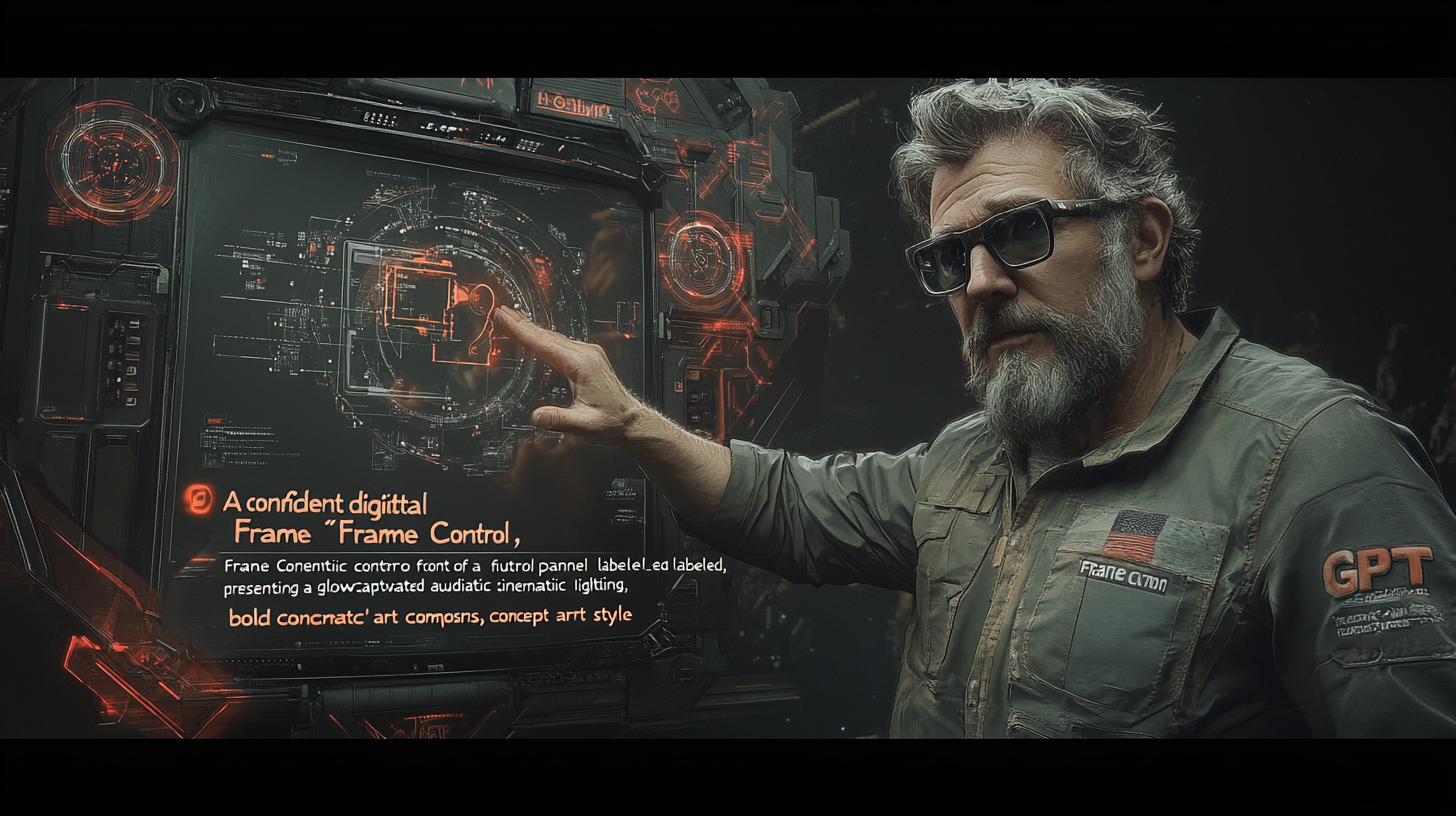Let’s face it.
Building an epic GPT tool is one thing. Selling it? That’s a whole other beast.
Most digital creators and solopreneurs spend weeks crafting the perfect prompt flow, stacking powerful use cases, and polishing the interface—only to get tongue-tied (or crickets) when it’s time to sell the thing.
Why?
Because pitching feels awkward. Or pushy. Or like we’re trying to justify our value.
Oren Klaff’s Pitch Anything flips that script.
It’s not about begging for attention.
It’s about controlling the frame—so your offer becomes the obvious choice.
In this post, we’ll break down Klaff’s core principles and show you how to use them to pitch your GPT systems with confidence, authority, and clarity—no slime required.
🎯 What Is Frame Control (and Why Does It Matter for GPTs)?
A “frame” is the lens through which your audience sees your offer.
In every conversation, someone’s frame dominates. The person with the stronger frame leads the interaction. The one with the weaker frame… follows, doubts, or delays.
When you’re selling a GPT system—whether it’s a prompt engine, lead magnet builder, or content repurposing machine—you’re stepping into a competitive market. Everyone’s seen shiny AI tools. Everyone’s skeptical.
If you don’t control the frame, you get framed.
They’ll see your product as “just another chatbot,” “too complicated,” or “not urgent.”
Frame control flips the script. It creates status, intrigue, and emotional tension—three things that trigger a buying decision fast.
🔥 Frame 1: The Intrigue Frame (Spark Curiosity)
Don’t lead with features. Lead with mystery.
Instead of:
“This GPT helps you write better tweets using prompt engineering frameworks…”
Try:
“There’s a reason the best tweets aren’t written by humans anymore—and it’s not what you think.”
The goal is to trigger a little tension: Wait, what? Tell me more.
Your GPT system isn’t “a set of prompts.” It’s a shortcut to a powerful outcome. Wrap it in intrigue, not just function.
This works especially well in landing pages, email subject lines, and short demo videos.
💪 Frame 2: The Power Frame (Establish Status Early)
If your prospect feels more powerful than you, they’ll unconsciously dismiss what you’re saying.
Oren Klaff teaches us to flip the dynamic. You’re not asking for attention. You’re offering an opportunity.
Example:
“I’ve spent 6 months building a system that automates the one thing creators waste the most time on. It’s not for everyone—but for the right person, it’s a growth multiplier.”
You’re not chasing. You’re qualifying.
This puts you in the high-status position—and makes them lean in.
🚦 Frame 3: The Time Constraint (Scarcity That Feels Real)
Here’s where most creators fall flat: they leave the window open too long.
If your GPT is “available anytime,” it gets mentally filed as “maybe later.”
But Klaff reminds us: urgency fuels action.
This doesn’t mean fake scarcity—it means smart packaging:
-
“This version is part of a 5-tool bundle only available until Friday.”
-
“I’m only onboarding 10 users this week to get feedback.”
People value what they have to reach for.
🤯 Frame 4: The Prizing Frame (Flip Who’s Being Chosen)
Most solopreneurs act like they’re auditioning for a sale. But Klaff teaches you to act like you are the prize.
Here’s how this plays out in GPT sales:
Weak:
“Let me know if you’re interested, I’d love to give you a walkthrough.”
Strong:
“I created this tool to solve a specific problem for serious creators. It only works for people who are already publishing consistently and want to scale. Does that sound like you?”
This signals: not everyone gets access. That creates value—without a single extra feature.
🧠 Frame 5: Hook the Croc Brain (Simple, Visual, Emotional)
Klaff’s biggest insight? Your audience doesn’t make decisions with logic. They make them with their “croc brain”—the part that’s reactive, fast, and visual.
Translation for GPT sellers: stop leading with complexity.
Instead of:
“This tool lets you dynamically insert fields and adjust temperature and token count…”
Try:
“This is your personal content machine. You type an idea—it spits out a week’s worth of tweets, blogs, and emails in 10 seconds flat.”
Make it visual. Make it fast. Make it emotional.
🧰 Applying Frame Control to Your GPT Funnel
Let’s break this down across your funnel:
🟢 1. Landing Page
Use the Intrigue + Croc Brain combo.
Headline:
“This GPT Turns Your Ideas Into Revenue-Ready Products—In Minutes.”
Subhead:
“No complex tools. No fluff. Just a simple, repeatable system that builds while you sleep.”
Visual: Screenshot of a result or dashboard—not the backend config.
🟡 2. Sales Page Copy
Layer in Power + Prizing + Scarcity.
“This isn’t for dabblers. It’s for solopreneurs ready to stop staring at blank screens and start scaling content. This week only, you’ll get access to the tool, templates, and a live walkthrough.”
🔴 3. Demo Call or DM Sales
Keep the frame tight.
“This tool isn’t magic—but it’s dangerously effective for the right person. I built it for those who create daily and want leverage. If that’s not you, totally cool.”
Then pause. Let them step in.
🧩 Your GPT Isn’t a Tool—It’s a Transformation
Remember, people don’t buy GPTs. They buy:
-
Clarity
-
Momentum
-
Simplicity
-
A win they can repeat
Frame control helps them feel that. It bridges the gap between “neat idea” and “take my money.”
And as Klaff says: the moment you break rapport to keep control? You win the pitch.
🎯 Final Thoughts: Master the Frame, Master the Sale
You don’t have to be slick. You don’t have to be salesy.
But if you want to build a real business around GPT systems, you do need to control the frame.
Here’s the cheat sheet:
-
Lead with intrigue
-
Own the prize
-
Keep it simple & visual
-
Set real limits
-
Flip the power dynamic
Combine that with your killer GPT tool—and you’ve got a system that sells itself (almost).
Pitch anything? With the right frame… yes, you can.






